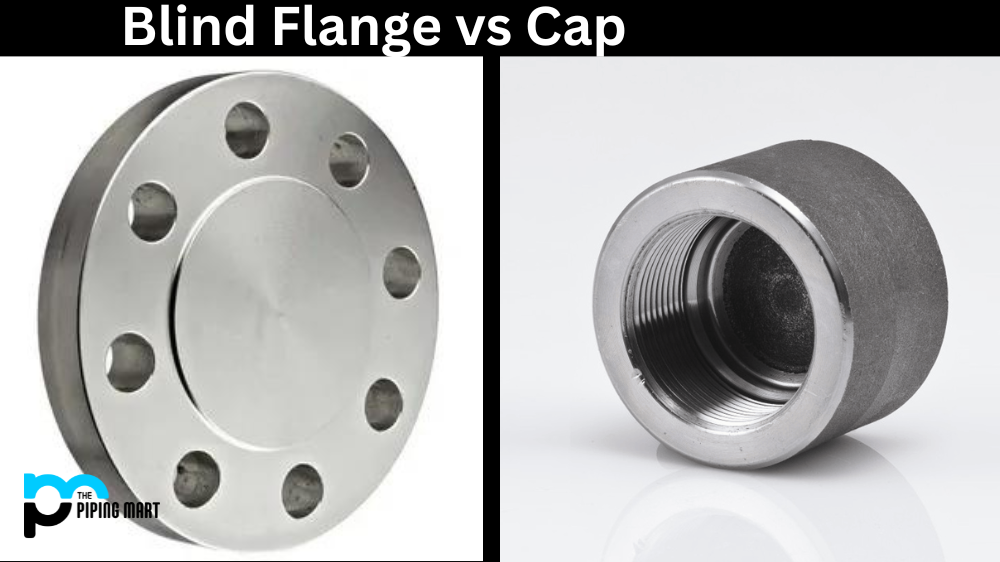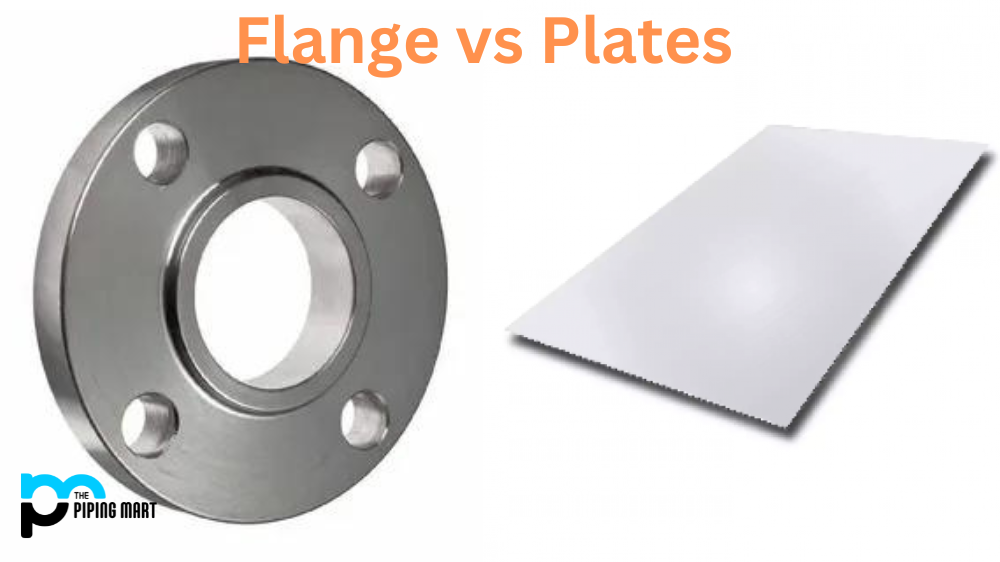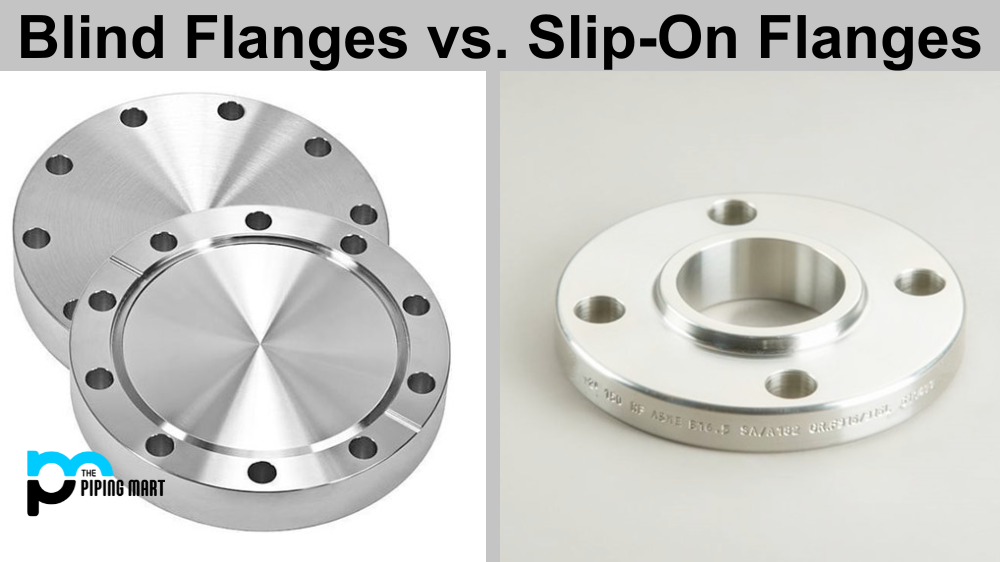There are a few options for closing off piping systems, including blind flanges and caps. Both serve the same purpose, preventing flow through a particular section of piping, but each has unique design qualities that set them apart. This article will discuss the differences between blind flanges and caps to help you determine which is best for your piping system.
Difference Between Blind Flange and Cap
Design
The main difference between blind flanges and caps is the design. Blind flanges are circular plates with bolt holes for attachment to the piping system. They are typically thicker and more robust than caps to handle the system’s pressure. On the other hand, caps are simple covers that fit over the end of the pipe. They are often made from materials matching the line, making them seamless when installed.
Installation
Due to their design, the installation of blind flanges requires more effort than caps. Blind flanges must be bolted into place, typically utilizing a gasket for improved sealing. Caps require placement over the end of the pipe. Additionally, blind flanges require thicker material for their construction to hold up against the system’s pressure, adding to the cost and weight of the system.
Maintenance
Blind flanges may require more maintenance than caps due to their more complex design. The bolts and gasket of a blind flange may require periodic tightening or replacement to maintain proper sealing. On the other hand, Caps need little to no maintenance outside of standard cleaning.
Usage
Blind flanges are often used in piping systems for their enhanced sealing capabilities. They are typically used in higher-pressure systems requiring additional material and sealing capability. Caps are often used in plumbing systems, specifically for testing. They are easy to install and remove, allowing them to be used for temporary sealing or water-tightness testing.
Cost
The cost of these parts varies based on a few factors, including material, diameter, and thickness. Generally speaking, blind flanges will be more expensive than caps due to the additional material required and the bolt-hole fabrication.
Other Differences
- A blind flange is a type of pipe flange used to seal off the end of a piping system.
- A cap is a pipe fitting used to cover a pipe’s end.
- Blind flanges are typically used in applications where it is necessary to seal off the end of a piping system, such as in a pressure vessel or reactor.
- Caps are typically used in applications where sealing off the end of a piping system, such as in a drain line, is unnecessary.
- Blind flanges are available in various materials, including carbon steel, stainless steel, and aluminium.
- Caps are available in various materials, including carbon steel, stainless steel, and aluminium.
- Blind flanges are typically welded onto the end of a pipe.
- Caps are typically threaded onto the end of a pipe
Conclusion
While both blind flanges and caps serve the same purpose, the design qualities of each make them appropriate for different types of piping systems. Blind flanges offer a more secure sealing capability for high-pressure systems, while caps provide a quick and easy solution for temporary sealing or testing purposes. While both options can vary in cost, the nature of blind flanges often makes them more expensive. Understanding the differences between these options can help you make the right decision for your specific piping system needs.

Abhishek is a seasoned blogger and industry expert, sharing his insights and knowledge on various topics. With his research, Abhishek offers valuable insights and tips for professionals and enthusiasts. Follow him for expert advice on the latest trends and developments in the metal industry.




